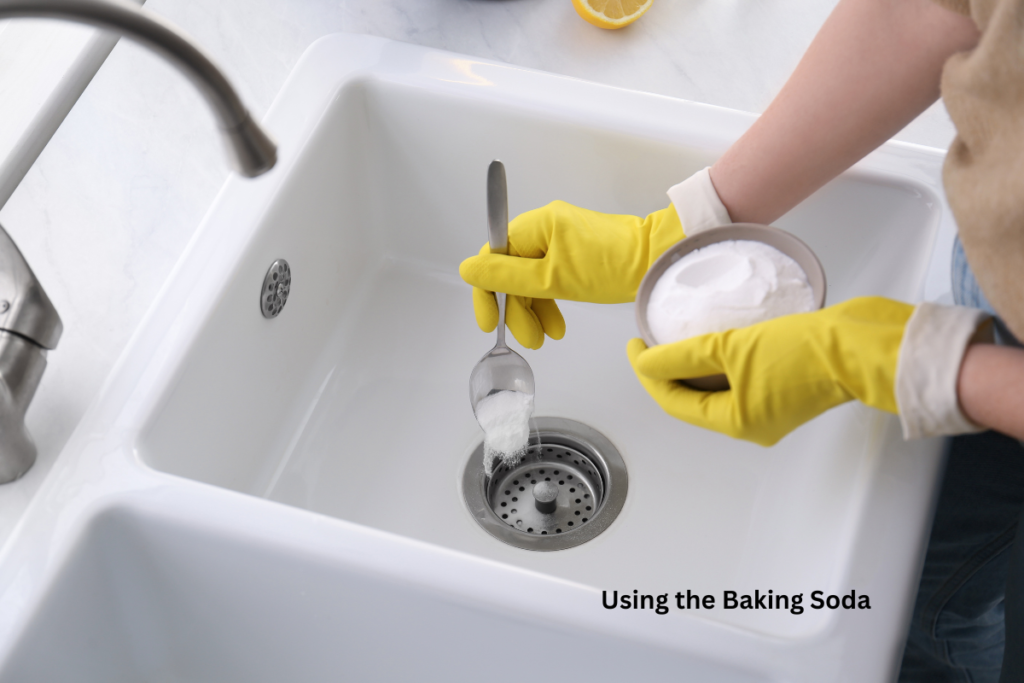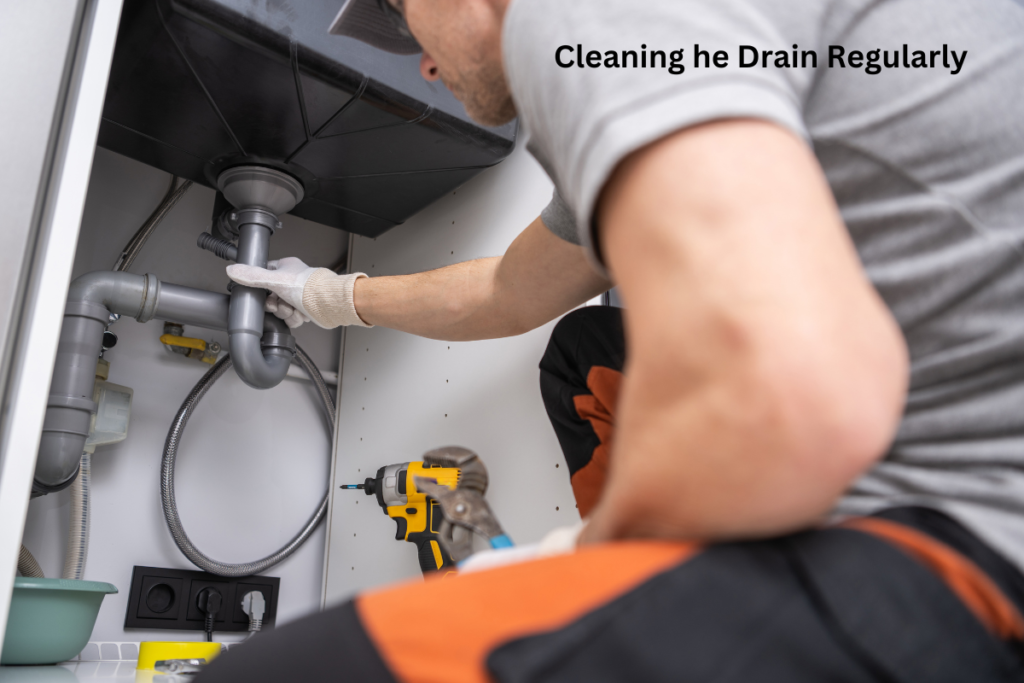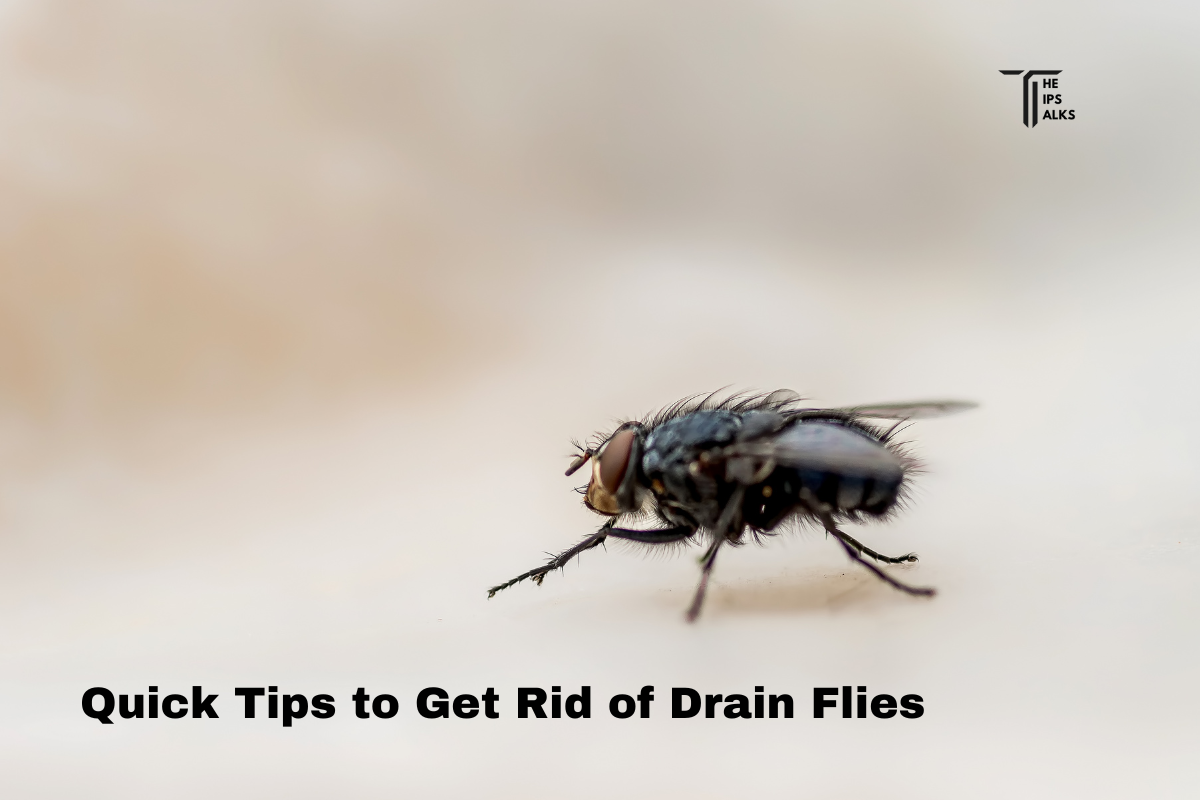Drain flies are small, fuzzy-winged insects often found near sinks, showers, and drains. If left unchecked, they multiply rapidly and become a major nuisance. To get rid of drain flies, it’s important to target both adult flies and their breeding sites inside the drains. These pests thrive in stagnant water and organic buildup, making bathrooms and kitchens their favorite spots.
Eliminating them requires a combination of deep cleaning, trapping, and preventive measures. This guide will cover what attracts them, step-by-step methods to get rid of drain flies, and long-term strategies to stop them from coming back.
What Causes a Drain Fly Infestation?
Drain flies thrive in damp environments with organic debris, which provides the perfect breeding ground for their larvae. Their presence often signals a hidden moisture problem or drain buildup.
- Clogged or dirty drains – Organic sludge lining pipes creates an ideal spot for eggs to hatch.
- Standing water – Leaky faucets, slow drainage, and puddles provide the moisture they need.
- Damp cleaning tools – Mops, sponges, and wet cloths left in humid areas can support breeding.
- Sewage or septic tank leaks – Any exposed waste material or damp, decaying matter attracts these pests.
- Rarely used drains – Stagnant water in guest bathrooms, basement sinks, or utility drains can harbor larvae.
Step-by-Step Process to Get Rid of Drain Flies Fast
Drain flies don’t simply disappear over time. Their eggs hatch in less than 48 hours, and adult flies can keep laying eggs if the breeding ground isn’t eliminated. A thorough approach is needed to get rid of drain flies completely.
1. Identify the Source of Drain Flies
Pinpointing the exact location where drain flies are breeding is crucial before taking action.
- Check the drains – Cover sink and shower drains with clear tape at night. If flies stick to the tape by morning, the drain is their breeding site.
- Inspect moist areas – Look under sinks, around pipes, near washing machines, and in floor drains for damp spots or organic buildup.
- Examine drain openings – Shine a flashlight inside drains to check for slimy residue or debris buildup.
Once the source is identified, cleaning and treatment can begin.
2. Deep Clean Drains to Get Rid of Drain Flies
The most effective way to get rid of drain flies is by removing their breeding ground. The slimy biofilm inside pipes provides the organic matter larvae need to survive.
Method 1: Boiling Water Treatment
- Pour a kettle of boiling water slowly down the drain to break up organic matter.
- Repeat twice a day for at least a week for maximum effectiveness.
Method 2: Baking Soda & Vinegar Treatment

- Pour ½ cup of baking soda into the affected drain.
- Follow with 1 cup of white vinegar and allow the fizzing action to break down sludge.
- Let the mixture sit for 10–15 minutes before flushing with hot water.
Method 3: Drain Brush Scrubbing
- Use a long, stiff-bristled drain brush to scrub the inner walls of the pipe.
- Physically remove gunk that chemical treatments might miss.
Method 4: Enzyme-Based Drain Cleaners
- Pour an enzyme cleaner down the drain to dissolve organic buildup.
- Unlike harsh chemical cleaners, enzyme-based solutions break down debris without damaging pipes.
3. Remove Any Remaining Drain Fly Larvae
Even after initial cleaning, some larvae might survive deep inside the drain. Additional treatments ensure complete eradication.
- Use a plumbing snake – This tool helps dislodge stubborn sludge where larvae hide.
- Salt, baking soda, and vinegar treatment – Mix ½ cup of salt, ½ cup of baking soda, and 1 cup of vinegar and pour it down the drain. Leave overnight, then flush with boiling water in the morning.
4. Trap and Kill Adult Drain Flies
Once the breeding source is eliminated, the next step is to remove any lingering adult flies to prevent further egg-laying.
Apple Cider Vinegar Trap
- Fill a bowl with apple cider vinegar and add a few drops of dish soap.
- Cover the bowl with plastic wrap and poke small holes.
- Flies will enter, but the dish soap reduces surface tension, trapping them inside.
Sticky Tape Trap
- Place sticky fly traps near drains and breeding areas.
- Flies get stuck on the adhesive and are unable to escape.
UV Light Traps
- Electric UV traps attract and zap drain flies instantly.
- Ideal for larger infestations where manual trapping is not effective.
Preventive Measures to Get Rid of Drain Flies Permanently
A one-time cleanup won’t permanently get rid of drain flies. Without regular maintenance, they can return quickly. Keeping drains dry and free of organic debris ensures these pests don’t find a place to breed again.

- Keep drains clean – Use enzyme-based drain cleaners once a month to prevent organic buildup.
- Fix leaks immediately – Even a slow drip under a sink can create a damp area where flies can breed.
- Ensure proper ventilation – Humid conditions promote drain fly infestations. Improve airflow in bathrooms and kitchens.
- Empty garbage regularly – Organic waste left in bins for too long can attract flies.
- Store cleaning tools properly – Mops, sponges, and clothes should be wrung out and stored in dry areas.
- Run water in rarely used drains – Pour hot water into unused sinks and floor drains to prevent stagnant water buildup.
Also Read: How to get rid of Carpet Beetles?
Final statement
Drain flies might seem like a minor nuisance at first, but ignoring them can lead to a persistent infestation. Their ability to breed in hidden, damp areas makes them difficult to eliminate without a thorough cleaning strategy. Treating only the visible flies won’t stop the problem—it’s essential to remove the source.
Following the right steps to get rid of drain flies ensures long-term results. A combination of deep cleaning, simple home remedies, and preventive care keeps them from coming back. Taking action early not only stops drain flies from spreading but also keeps your home hygienic and pest-free.

